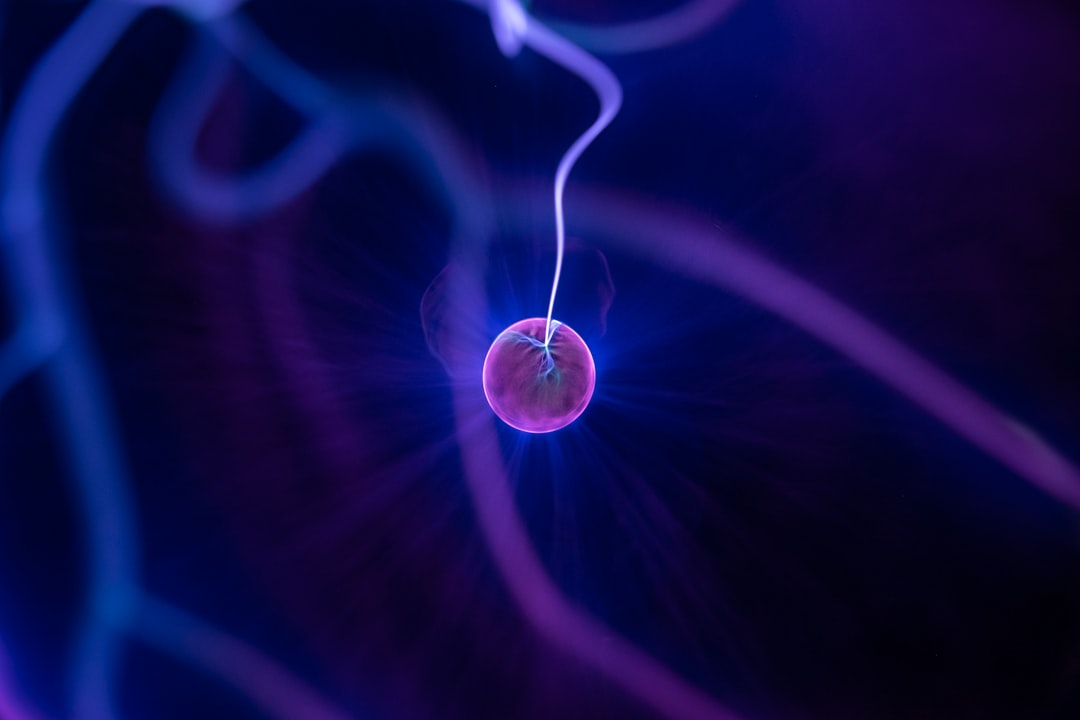What is it about?
The principle operation is the orthogonal decomposition of electrical variables, resulting electrical quantities with physical meaning.
Featured Image
Why is it important?
An important feature of the CPT is the current decomposition. It consists of decomposing any current into five parts. The label of these parts are active current, reactive current, scattered active current, scattered reactive current and generated current. This paper proposes the application of the current decomposition of the CPT in Distributed Energy Resources (DERs). A Supervisory Controller (SC) uses the current decomposition in a load power sharing strategy. The combination of these two issues is the main contribution of this paper. Moreover, the proposal of this paper is more attractive than the conventional droop strategy since the DERs follow their current reference in a current-controlled mode, making the load sharing faster, more reliable and more accurate.
Perspectives
A clear understanding of how the CPT decomposes load currents into its parts is presented as well as the drawback found in droop strategy when dealing with load power sharing. Later, the SC load power sharing strategy is described, indicating that the proposal of this paper makes a SC to have a broad option when managing a smartgrid with dispatchable DERs. A case study with experimental results show the efficacy of applying current decomposition of the CPT in load power sharing strategies.
Dr Adriano Péres
Federal University of Santa Catarina - UFSC Blumenau
Read the Original
This page is a summary of: Application of the Conservative Power Theory Current Decomposition in a Load Power Sharing Strategy among Distributed Energy Resources, IEEE Transactions on Industry Applications, January 2018, Institute of Electrical & Electronics Engineers (IEEE),
DOI: 10.1109/tia.2018.2820641.
You can read the full text:
Contributors
The following have contributed to this page










